Tradelines: What Are They and How Do They Affect You? The term “tradeline” is used by credit reporting firms to identify credit accounts that appear on your credit report. Each of your accounts has its own tradeline, which comprises information about the creditor and the loan.
Understanding tradelines can assist you in better comprehending how to read your credit report and what lenders look for when examining your credit.
Get $300-$20K Primary Tradeline NOW!!
Each revolving and installment credit account has its own tradeline on your credit report. Revolving credit cards and lines of credit are examples of revolving tradelines, whereas installment tradelines include mortgages, auto loans, school loans, and personal loans.
In addition to identifying the debt, a tradeline comprises account information.
This information allows you to access all of the important details for each of your credit accounts in one place. Lenders provide tradeline information since it is the most up-to-date information they have about your accounts.
However, keep in aware that lenders may report your information differently, thus there may be some discrepancies in data between tradelines.
Your tradelines contain data that is heavily weighted in determining your credit scores. Because a credit score is merely a snapshot of your creditworthiness, lenders may also examine your credit report’s tradelines to learn more about you.
If you’re behind on payments on a certain account, for example, a lender may look at your tradeline to determine how long the account has been delinquent. A creditor might assess your balance vs. your credit limit to discover if you’re actually a credit risk if your credit scores have dropped due to a high credit card use rate.
If your credit limit is $300, for example, maxing out your card may not be as dangerous as if it were $10,000.
You or the primary cardholder may choose to be removed from the account if you’re a credit card approved user. If this happens, your credit report will no longer show the tradeline.
The elimination of a tradeline that had positive information that was helpful in the improvement of your credit scores could be damaging. If the credit card account, on the other hand, has a high use rate or payment history issues, it may help to improve your credit scores.
You can also request that a tradeline be removed if it was created fraudulently. In this case, closing a tradeline can help your credit because it closes an illegal account with potentially damaging information.
The tradelines on your credit report provide a wealth of information to both you and lenders. Check your credit report on a regular basis to ensure that all of the information in your tradelines is accurate and up to date.
You are entitled to a free credit report from each of the three major credit reporting agencies once every 12 months (Experian, Equifax, and TransUnion). You can also get free credit monitoring and an updated credit report from Experian every 30 days when you sign up.
If you regularly review your tradelines, you’ll have a better chance of identifying fraud and errors before they have a significant influence on your credit scores.


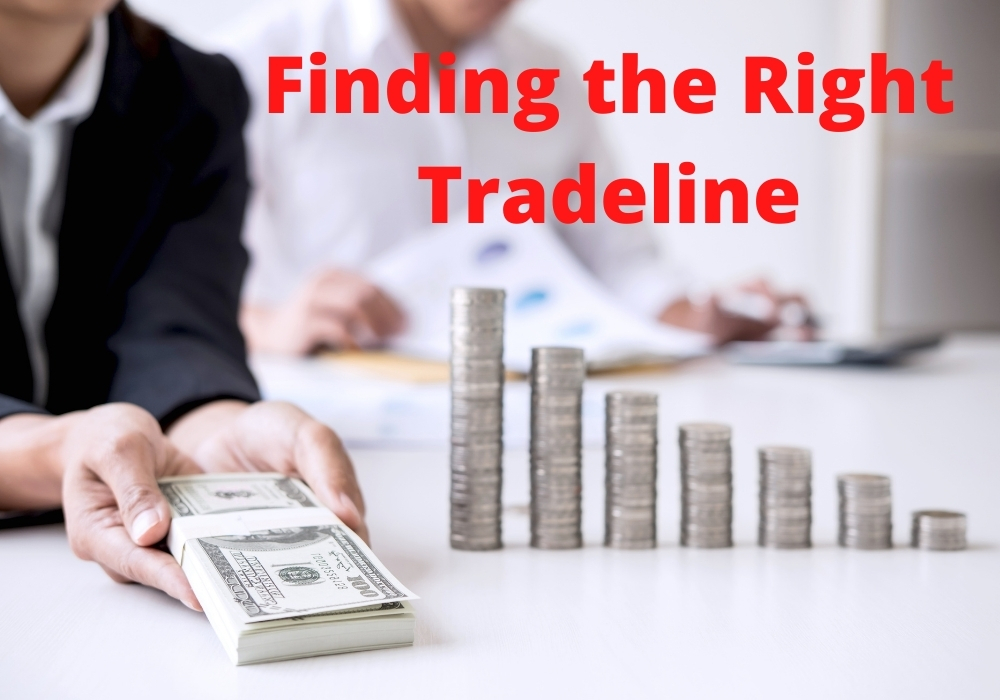
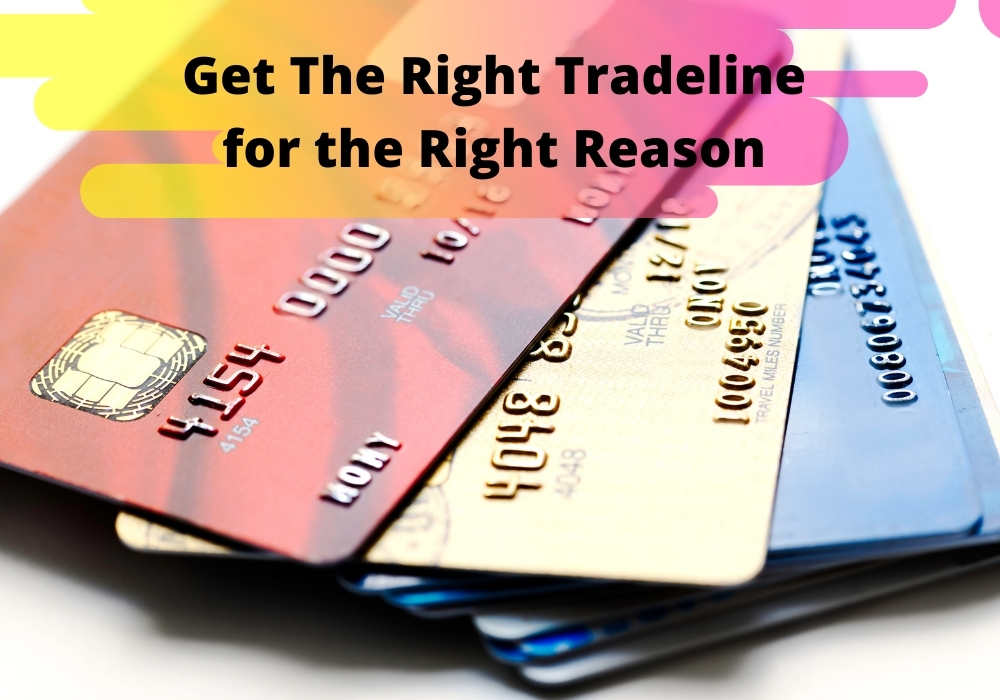

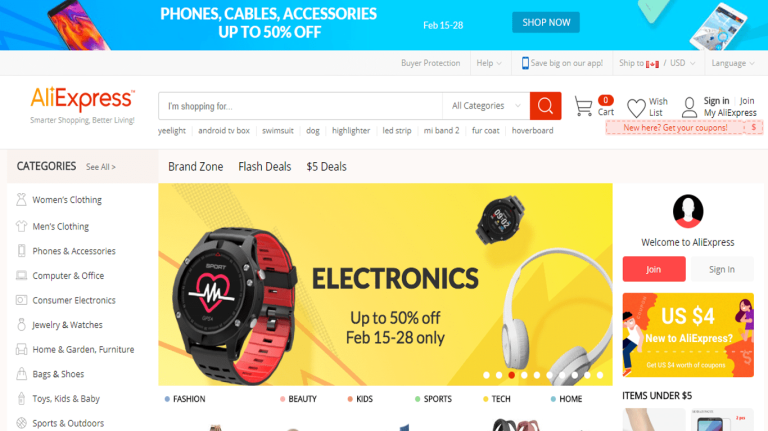

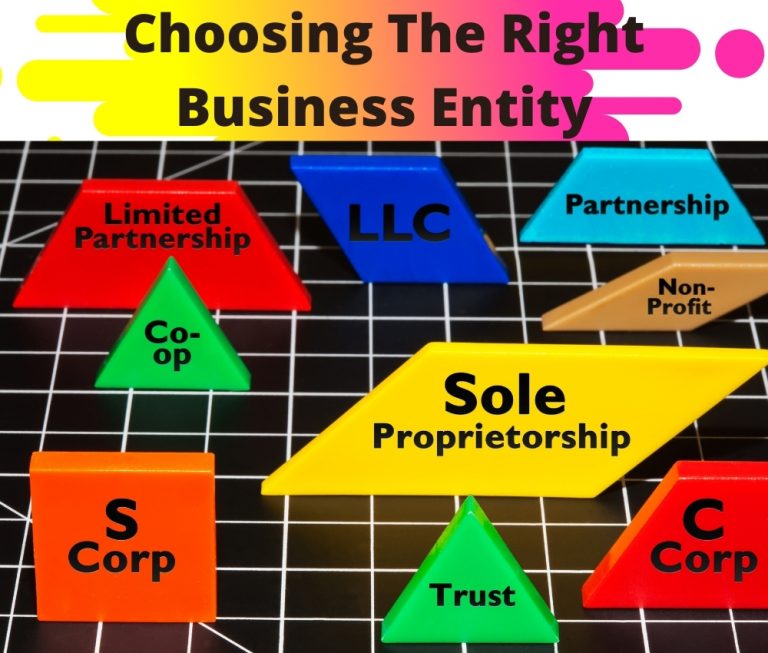
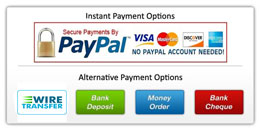
What’s up, for all time i used to check blog posts here in the early
hours in the break of day, for the reason that i like to
learn more and more. https://online-casino-47.webselfsite.net/